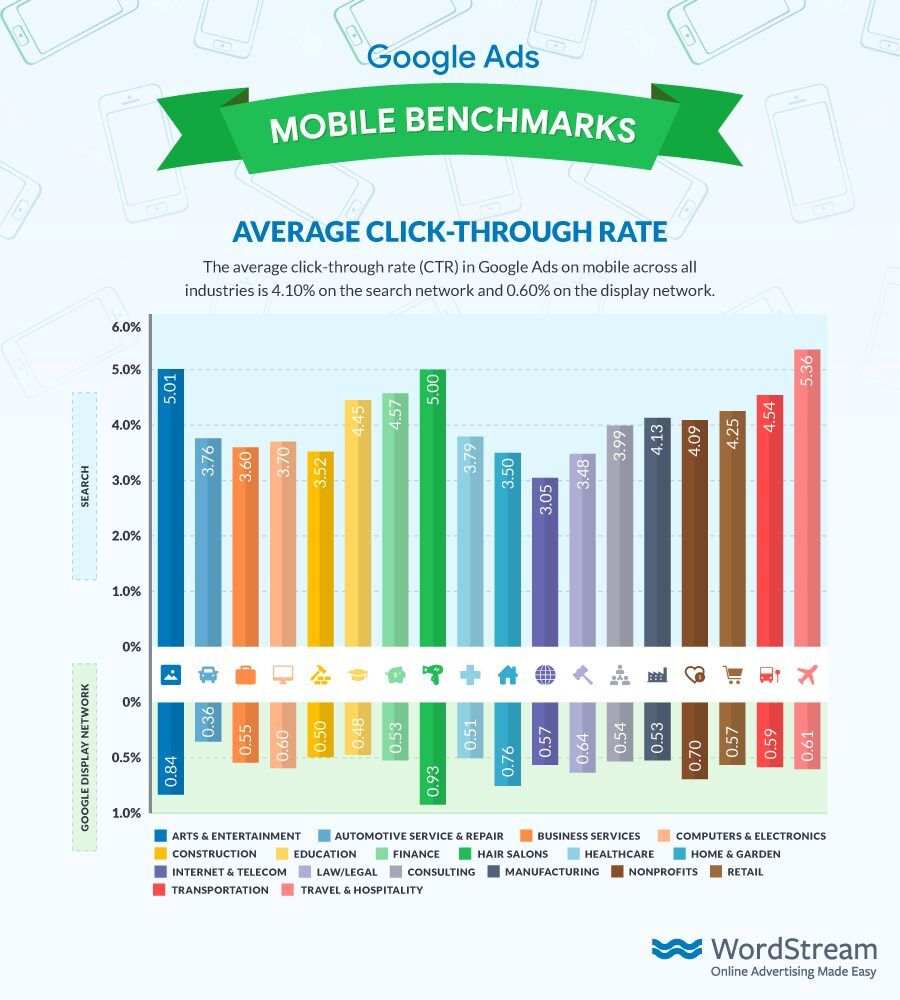Maybe your law firm is paying a freelancer or a marketing agency to optimize your Google Ads campaign. Or perhaps you have an employee who’s an expert in Google Ads and helps with keywords, ad groups, etc. But how can you tell if their efforts are working? Only by identifying key Google Ads metrics, monitoring them regularly, and applying tweaks as needed can you quantify their performance and learn if your investments are paying off.

(Pixabay / PhotoMIX-Company)
Whether you outsource or manage campaigns internally, metrics must be tracked, evaluated and analyzed on a frequent basis. So the million-dollar question: of the many Google Ads metrics available, which are most worthy of your attention? We break down the most important metrics law firms should monitor when looking to optimize their campaigns.
1. ROAS (Return on Ad Spend)
ROAS is a measure of how many dollars you will get for every dollar you spend on Google Ads. For example, if you spend $1,000 on advertising and generate $7,500 in revenue (conversion value), your ROAS will amount to $7.5. This means you will get $7.5 each time you spend $1 on advertising via Google.
There are no specific benchmarks to determine what your ROAS should be. In fact, it really depends on your average gross earning per client and how competitive your practice area is. For instance, those in the personal injury space may see a higher ROAS than someone offering bankruptcy and family law services. However, in general, an ROAS of 3:1 or above indicates a high-performing campaign.
Pro tip: You can use the Smart Bidding feature in Google Ads to set up Target ROAS. This lets you bid based on a target return on ad spend and get more revenue or conversion value at the figure you set. Because Smart Bidding is automated, machine learning makes most of the calculations. You enter the maximum amount you’re willing to pay and the target ROAS. The strategy then works to help you get as close to your desired ROAS as possible with the bid you’ve entered.
2. IS (Impression Share)
Impression share tells you what share of the eligible, targeted searches your ads occupy. It’s calculated by dividing the number of impressions your ads received by the number of eligible impressions they potentially could have received. When analyzing this metric, you can view impression share data at the campaign, ad group, and keyword level. For all levels, you can pull the metric by navigating to columns and modifying them to display IS.

Need Google Ads Management Help?
Free Google Ads account review for
qualified clients
Almost 20 years experience
Generally, your impression share should be in the 80-90 percent range. If it’s lower than that, you could be experiencing a loss in impressions due to:
- Budget: Your ads may not be showing frequently because your ad spend is too low.
- Rank: Your ads may also fail to achieve a high impression percentage because of low ad ranking. Ad ranking is determined by your ad quality and the bid amount.
Fortunately, there are ways you can increase the search impression share of your ads. Here are some tips:
- Improve your Quality Score
Your Quality Score or QS has a direct impact on your ad quality. Boost it by ensuring your ad copy, keywords, and the landing page you’re sending traffic to are relevant to one another. - Expand Your Budget
Sometimes the simple act of injecting more funds into your campaign can bring a drastic improvement in impression share. - Leverage geo-targeting
Your ads may get more impressions if they’re relevant to local searches in a specific locality. By exploring where your target audience resides, you can focus your efforts into certain regions and gain more control. - Set up an ad schedule
Another way to increase impression share is to run ads during high activity periods. Ask yourself:
- At what point in the day are prospects most likely to click your ad and call your firm?
- Are your website visitors more engaged on a Monday or Friday?
- Do most of your leads come in the morning or around evening time?
You can find the answers to these questions and more by syncing Google Ads with your Google Analytics account. Grab the “time of the day” report in GA to get an idea of audience activity.
3. Conversion Rate
Conversion rate is simply the rate at which searchers are taking an intended action post-click. It gives you an idea of whether the existing keywords, ad copy, and landing pages are suitable for your campaign. According to industry benchmarks, the average conversion rate for the legal industry is almost 7 percent.
You can determine your conversion rate by installing conversion tracking for Google Ads. This a powerful tool that lets you see how good your ads are at generating sales, leads, subscriptions, and more for your law firm. Conversion tracking also records data that helps you identify what areas of your campaign need improvement, so you can tweak your keywords, ad copy, and bids accordingly.
Pro tip: One of the best ways to increase your conversion rate is to segment your audience and have different landing pages and marketing materials for each audience group. Remember, people may have varying reasons for contacting a law firm and will conduct their research in unique ways. Hence, the more you tailor your landing page and ads to their specific needs, the more likely they are to take action.
4. CPA (Cost Per Action)
If you have conversion tracking set up correctly, you can actually measure your cost per action (also referred to as cost per acquisition or cost per conversion). This tells you the amount you’re paying for each desired action taken. Of course, the action or conversion can take many different forms. For a law firm, the conversion could be a phone call, email signup, or form submission.
You’ll want to pay close attention to your CPA for every offer you run, as the metric is likely to vary for each. It may cost you $50 to get a conversion with an ad promoting “cheap legal aid attorney,” for instance, but the customer you gain may not be willing to spend more than $500 on your services. In contrast, an ad promoting “best legal aid attorney” may result in a higher CPA of $70, but it would be more beneficial if you’re now getting high-value customers who spend an average of $1,000 on your services.
So, the only thing that matters isn’t how much you’re paying for each customer, but how much value you are getting from a customer compared to what you pay to acquire them.
Pro Tip: Consider using Targeted CPA bidding in Google Ads to get as many conversions as you can without going over the CPA you set. For accessing this feature, you will need to have conversion tracking set up and to be getting a minimum of 30 conversions per month.
5. CPC (Cost Per Click)
The last metric on our list is the good old cost per click. CPC gives you an insight into the level of competition you’re facing as well as the general performance of your Google Ads campaigns. In the legal industry, it’s normal to have a high cost per click (the average is around $6.75), but you’d still want to monitor the metric to ensure you’re not overpaying and find opportunities to bring down the cost. If you’re looking for quick ways to slash CPC, here are some tips:
- Lower bids on poor performing keywords: Assess your search query reports to identify low-quality keywords. These are phrases that attract poor quality traffic with a low conversion rate. Try lowering the bids for those keywords or even remove them completely from your Google Ads campaign
- Use ad extensions: Ad extensions let you show links to specific webpages on your site below the ads. Even though they don’t have a direct impact on your CPC, they can improve your clickthrough rate and ad rank. Both of these factors can help reduce the cost per click.
- Use long-tail keywords: Always remember that less competition means lower cost, so use a keyword research tool like Keywords Everywhere to find as many long-tail keyword variations as possible. Use those less competitive keywords in Google Ads, and you’ll likely end up paying much less than what your competitors are.
Conclusion
In summary, ROAS, Impression Share, Conversion Rate, CPA, and CPC are valuable metrics that will help you identify areas in your campaigns that require tweaks and are eligible for a performance boost. When tracked and optimized, these metrics can help you boost overall profits. The key to ensuring your Google Ads campaigns are headed in the right direction is to monitor and drill down into these metrics regularly. You can do this on your own or get help from an expert Google Ads management company to get the most out of your campaigns.
Webrageous doesn’t just specialize in pay-per-click management, they specialize in PPC management for attorneys. They know exactly how to get the best ROI on Google Ads for your specific industry, and that translates into higher profits for you with far fewer headaches.




















